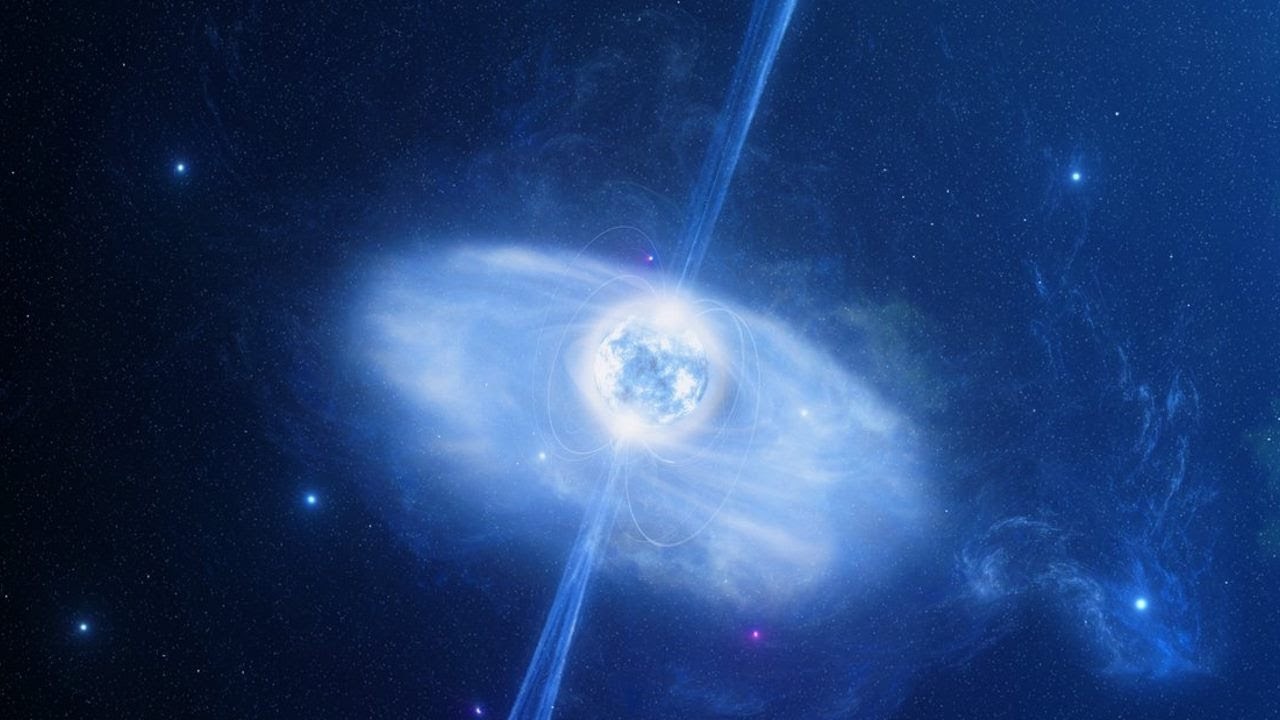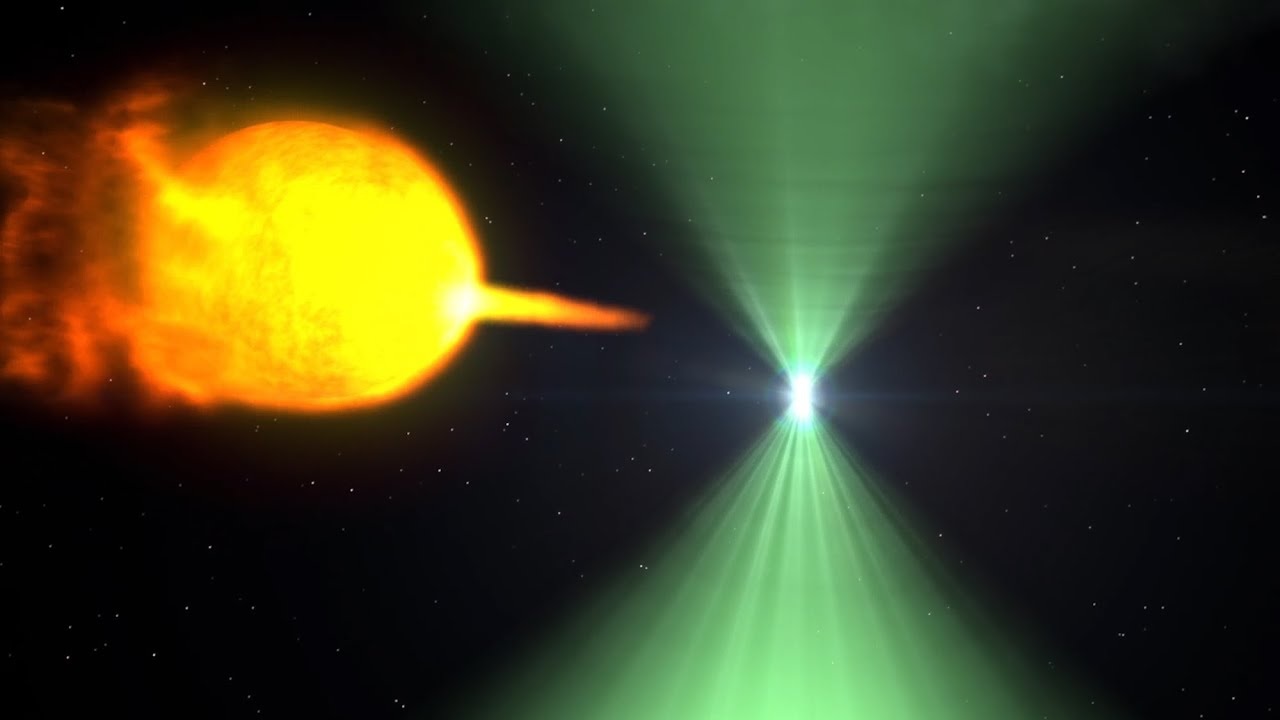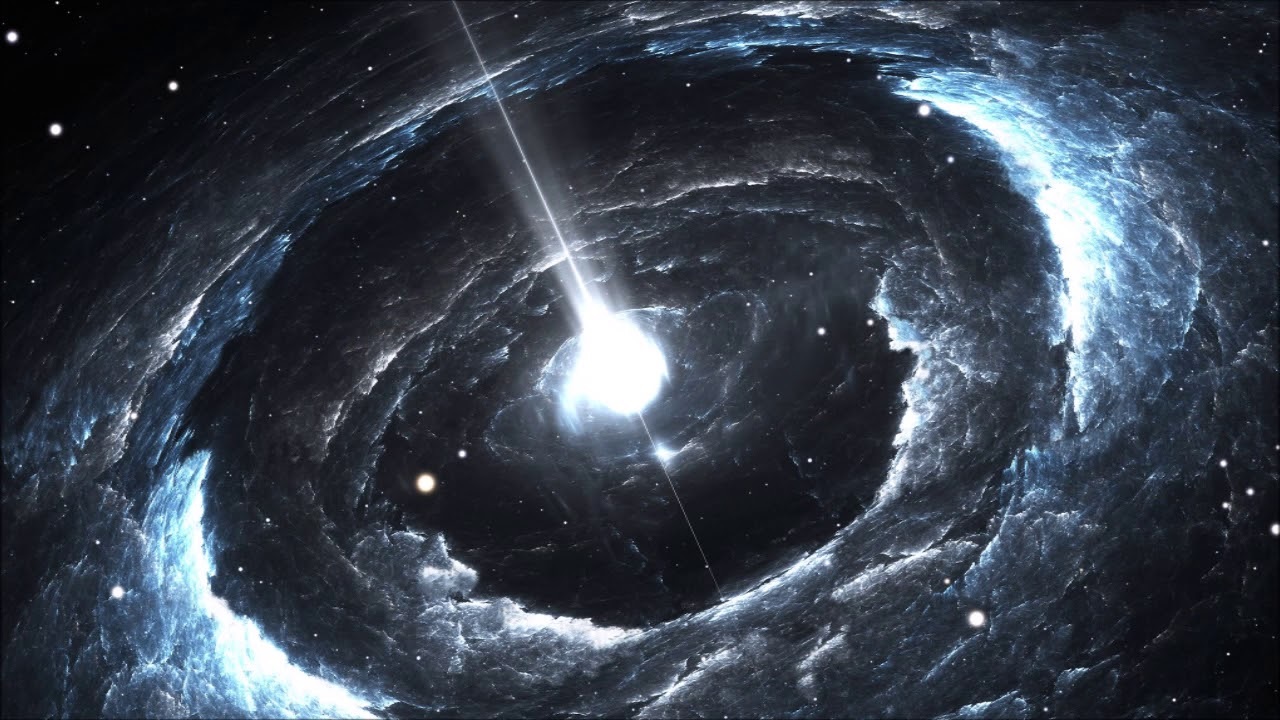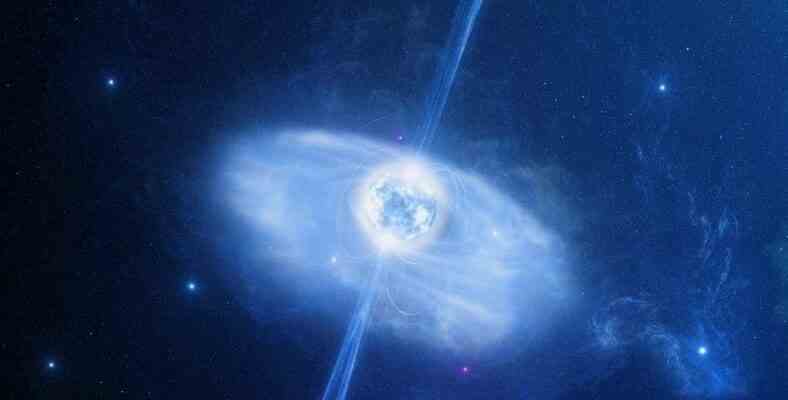Neutron stars, called pulsars, that pulse at the distant points of the universe at certain periods, sending us radio waves, sound and light, are one of the most interesting phenomena we encounter in space. Let’s take a closer look at the pulsar that emerges with the death of very massive stars, how it is formed, and try to get to know this system a little more closely.
Interesting events are taking place in every corner of this ever-expanding universe in which we live. Stars form, stars die, bodies merge, and sometimes new bodies are formed. Yes, it does occur because while some objects disappear, another system actually emerges. Pulsar is one of these systems. Pulsar does not come out of nothing, of course, A massive star must die first.
What makes the pulsar, a type of neutron star, so interesting is that it sends messages to us. During high spin speeds, they scatter radio waves, sound, and even light around them. More interestingly, since they do this scattering at certain intervals during their rotation, they are compared to a pulse, just like a human heart. Bride What does pulsar, one of the interesting objects of space, mean and how is it formed? Let’s take a closer look and see the story of the discovery.
Let’s start with the basics, what is a pulsar?
Pulsar, which is called pulsar in Turkish, is derived from the Latin word pulsate, which means the beating of the heart in English. Pulsars, a type of neutron star, got this name because They are at the heart of the system they are in and they emit radio waves, infrared rays, ultraviolet rays and light at certain periods, just like a human heart.
So how do pulsars form?
A neutron star, or pulsar, is formed when a star collapses into itself as a result of the disintegration of a supernova explosion. These Its mass is dense, its diameter is small, and its magnetic field is high. They are like sources that emit periodic radiation. Because of this similarity, they are likened to the lighthouse effect. Not every pulsar is the type of neutron star to be seen from Earth.
Okay but what exactly does pulsar mean, are pulsar and neutron star the same?
Not every neutron star is a pulsar, but every pulsar is a neutron star. Pulsars are a subset of neutron stars. There are countless stars in the universe. Pulsars do not form as a result of disintegration with the supernova explosion experienced in every star. Because pulsars are dense-mass systems.
For example, the Sun, which gives life to our Earth, is also a star, and one day it will explode and collapse into itself, but as a result, pulsars will not form. Because the Sun is not that big. For a pulsar to form as a result of the explosion, a star must be at least 8 times larger than our Sun. If stars like the sun collapse, they will most likely turn into white dwarfs. While 8 times the size of the Sun forms a pulsar, a black hole can be formed as a result of the collapse of the 25 times larger one with a supernova explosion. In other words, the greater the mass of the collapsing star, the stronger the result.

The spin speed of some pulsars is astounding:
When we look at the classical space information we have learned so far, we can see that a space object It might be a little surprising that it’s beating like a heartbeat. because our heart beats at most 100 times per minute under normal conditions. As far as we know, stars don’t spin that fast, do they? And how it returns.
One of the discovered pulsars is not making one thousand revolutions per minute, but one thousand revolutions per second. In other words, it rotates around itself a thousand times in a second. An object, one of the first discovered pulsars, located in the middle of the constellation of the Fox, was sending radio waves every 1.3 seconds.
The rotation speed of pulsars, of course, varies according to the speed they have. For example The rotation speed of an average pulsar with a diameter of 20 km It can be 62,800 seconds per second, 3,768,000 kilometers per minute, and 226,000,000 kilometers per hour. We can understand density by weight. For example, take a teaspoon of substance from a pulsar. The weight of this much substance is more than 100 million tons on Earth. Yes, million.
There are different types of pulsars:
Scientists divide the pulsar into three basic groups; orbital pulsars, x-ray pulsars and magnetars. orbital pulsars while spinning around itself, it loses its energy over time and dies. The radiation of magnetars comes from their very strong magnetic fields and they die when the magnetic field decreases.
X-ray pulsars are interesting because they occur in binary systems. The result of a pulsar mating with another pulsar, star, or planet. There is a flow of matter in this system. Thanks to the flow of matter, the pulsar’s rotation period increases and can last for millions of years.

The scientists who discovered the pulsar thought it was an alien message:
Jocelyn Bell Burnell and Antony Hewish, academics at Cambridge University, to study the cores of galaxies, which they call quasars. They were conducting a series of studies in 1967. Within the scope of this study, a giant radio telescope was set up and the received data were analyzed with precision.
In July of the same year, the team regularly caught a signal that repeated itself every few seconds. LGM-1, Little Green Man, in Turkish little green man These so-called signals were thought to be the alien message we know. Because it was coming in 16 milliseconds just like giving a message, and such a signal could not come from a planet.
The team shared these signals with other scientists at the university. There were even some among them who were afraid to destroy this data. Of course, when 4 more radio signals were discovered later, the situation was understood and in 1968 these objects were called pulsars. In the same year, different researchers found another pulsar with a period of 33 milliseconds. Thanks to this discovered period, it was proved that pulsars are neutron stars.

Gravity proved by a pulsar:
Joseph Taylor and Russell Hulse found a pulsar in binary star systems in 1974. This pulsar was orbiting a different pulsar and this tour took 8 hours. According to Albert Einstein’s general theory of relativity, gravitational waves were supposed to spread as the orbital energy disappeared.
Researchers have studied these pulsars for years. It was noticed over the years that these two objects were actually getting closer to each other by one meter each year. During each radiation, the pulsar was losing a certain amount of energy. So it was true, energy was spreading in gravitational waves. Joseph Taylor and Russell Hulse were awarded the 1993 Nobel Prize in Physics for their work.
Neutron star beating like a human heart in space What does pulsar mean and how is it formed? We answered the curious questions and talked about the interesting details you need to know about the subject. Who knows what other mysteries await us in the desolate spots of the universe. You can share your thoughts on the subject in the comments.
